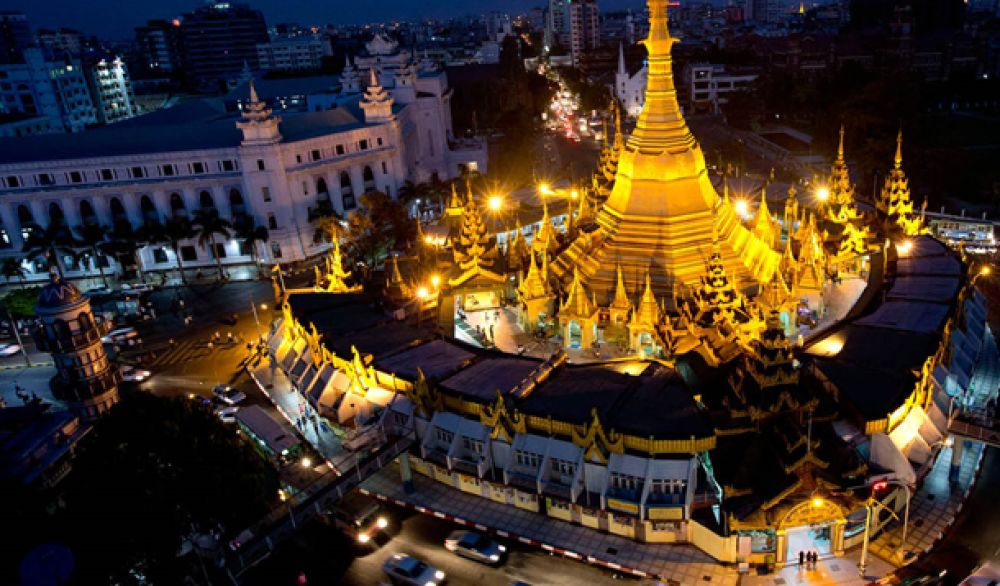

The Sule Pagoda is a significant and storied monument located in the heart of downtown Yangon, Myanmar. Its history as a place of worship dates back over 2,500 years, making it an essential part of the spiritual and cultural heritage of the city. According to local beliefs, the pagoda was built during the time of the Buddha, enshrining a hair relic of the enlightened one.
The history of tourism at Sule Pagoda is intertwined with the colonial era, when Myanmar, formerly known as Burma, was under British rule. The British constructed many colonial buildings around the pagoda, making it a focal point for visitors to the city. As Yangon grew into a bustling metropolis, the Sule Pagoda remained a landmark, attracting tourists interested in its historical and religious significance.
After Myanmar gained independence in 1948, Sule Pagoda continued to be a symbol of national identity and pride. Despite internal political struggles and periods of isolation, the pagoda remained open to visitors, many of whom were pilgrims and tourists drawn to its serene ambiance and unique architectural style.
In recent years, the Myanmar government has taken steps to promote tourism as part of the country's economic development strategy. The Sule Pagoda has benefitted from this trend, with improvements to infrastructure and facilities designed to make the site more accessible and appealing to both domestic and international tourists.
The latest tourism trend in Myanmar focuses on ecotourism and cultural preservation. Efforts are being made to ensure that visits to sites like the Sule Pagoda are sustainable and that they contribute to the protection and understanding of local heritage. This aligns with the growing global demand for responsible and ethical travel experiences.
For the comfort and convenience of visitors, the area around Sule Pagoda has seen the introduction of modern amenities, including better accommodation options, improved transportation links, and information centers that offer insights into the pagoda's history and significance. These enhancements aim to create a more enriched experience for tourists.
The tourism landscape is also adapting to the digital age, with online platforms offering virtual tours and interactive experiences for those unable to travel. Tourists interested in Sule Pagoda can now find extensive information and even book tours online, making it easier to plan their visit.
The Sule Pagoda remains a beacon of Myanmar's rich cultural tapestry and continues to play an important role in the country's tourism industry. Its spiritual significance, coupled with its historical narrative, positions it uniquely in the hearts of those who visit. As Myanmar's tourism industry evolves, the Sule Pagoda is expected to remain a central and cherished destination for travelers worldwide.